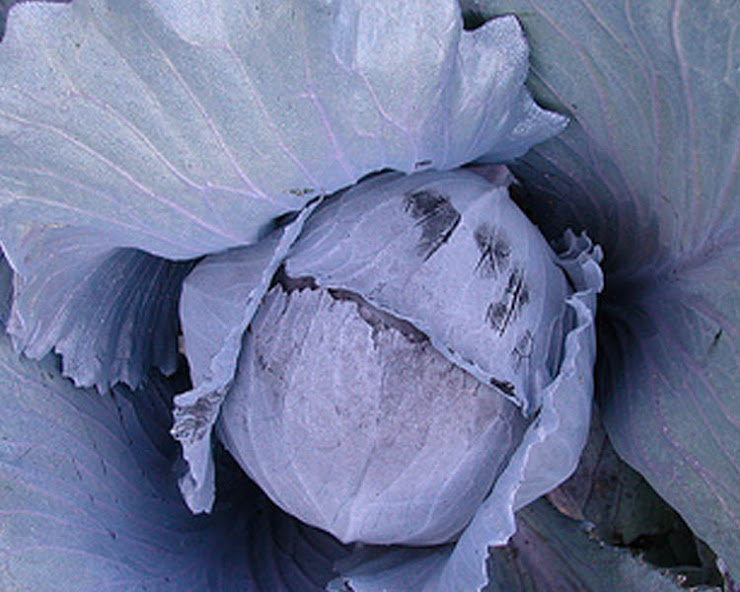The snow is melting, and we will soon be in flood season. That's the season that determines just how quickly we get to get out in the garden. When is the right time to get out there and start planting? How do you know if the dirt is in good shape? How do you read a soil test? Does everyone need a soil test? What is going on under there? How much water is too much water? And really, why is it dirt sometimes and soil other times?
This all reminds me of my garden mentor, who has been gardening at her home since 1954, a relentless composter and add-er of organic matter and manure. One day while I was visiting her vast and prolific vegetable garden, she innocently said to me in her exasperation, "You know Sara, the longer I do this the less I know!" Oh, no was all that ran through my mind. It was then that I decided it was time to look into the dirt and see just how does a person know if they have the good stuff?
During my search, I stumbled across an excellent 10 point test for soil quality, called The Willamette Valley Soil Quality Guide, and was developed by the Oregon State University Extension Service. So, here goes an easy way to look at your own dirt (paraphrased, of course):
1. Grab a handful and squeeze it. Does it hold it's shape? Does it crumble into pieces? When you look at it does it have different sized "bits" in it? If it looks pretty uniform and crumbles into pieces or stays in big hard clods, it needs some work.
2. Stick a wire into the soil and measure how far down it will go into the dirt before bending (the utility marking flags are a perfect use for this, after they have come to mark your yard for lines when you plan your next garden expansion project). The farther down it goes the softer the soil, and that makes for easy traveling for the roots.
3. When you till or fork over the garden bed, does it stay in clods? If so, it could mean you have low "workability" which translates into the roots having a difficult time getting water.
4. Life forms are key, dig a 6 inch hole and see how many different species of the shy dirt lovers you have, such as centipedes, spiders, beetles and more. A good number is 10 little critters creeping.
5. Earthworm count! Stick a spade in the ground and pull up a spadeful of dirt and count how many worms you have...3 is good 5 is better.
6. When you use a hand trowel to dig a little hole, say 3-4 inches deep, can you see recognizable plant material in the dirt? It's good if you can, because that is what feeds the life forms in the soil.
7. The easiest, and perhaps most overlooked is how are your plants doing? Are they vigorous? If not, it could be somethings amiss in the ground.
8. Roots tell the tale, pull up a sacraficial plant, is the root ball well developed, does it have fine white hairs? If it's brown and mushy it could mean that your dirt is not draining well. If they look stunted it could mean compacted soil or disease.
9. How does the water run? Take the bottom off an old coffee can, bury it in the dirt, until just 3 inches of the can show above the ground, and fill it with water 2 or 3 times. Fill it once more and time it to see how long it takes to soak into the ground, if it's anything slower than 1/2 to 1 inch per hour the soil is compacted.
10. Water availability, wait for a soaking rain and see how long it takes before your plants start looking wilty. If it seems like this happens quickly it could be the dirt is to blame.
These 10 steps won't tell you what is actually in your soil and a soil test from the local extension is a good idea to know where you are and help determine where you want your dirt to be. I always recommend a lead test in urban or suburban areas, because we just don't know what may have been dumped or spilled in the area where we dream of putting a garden.

To put things more simply, it can be boiled down to organic matter, the more plant-y type stuff mixed in with the dirt particles the better. What a garden does to enhance the area where the roots are is the real home work, the appearance, vigor, beauty and yield of the plant is simply the grade on the work done below. The level of organic matter be the deciding factor in how quickly you get to start playing in the dirt without risking season long struggles with dried mud balls, organic matter determines how much life your dirt supports, it will determine how much watering you have to do and this is what ultimately determines if you have dirt or if you have soil.



















